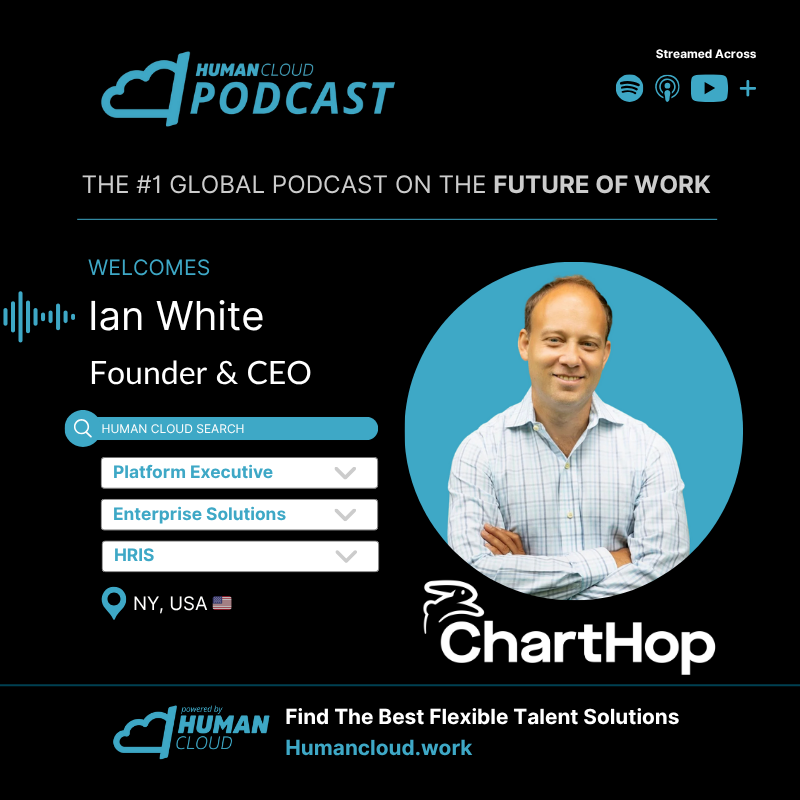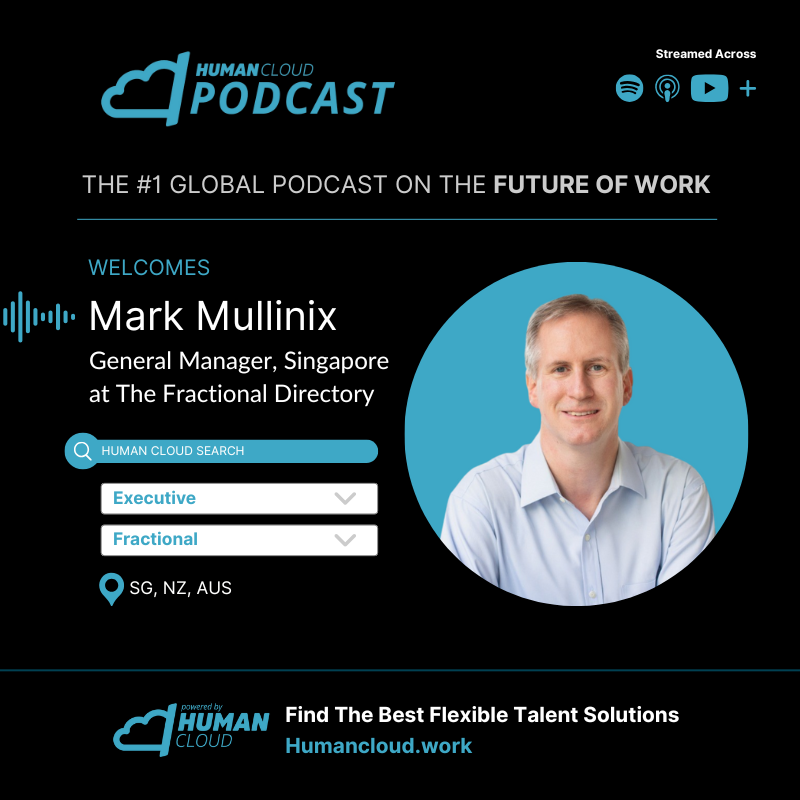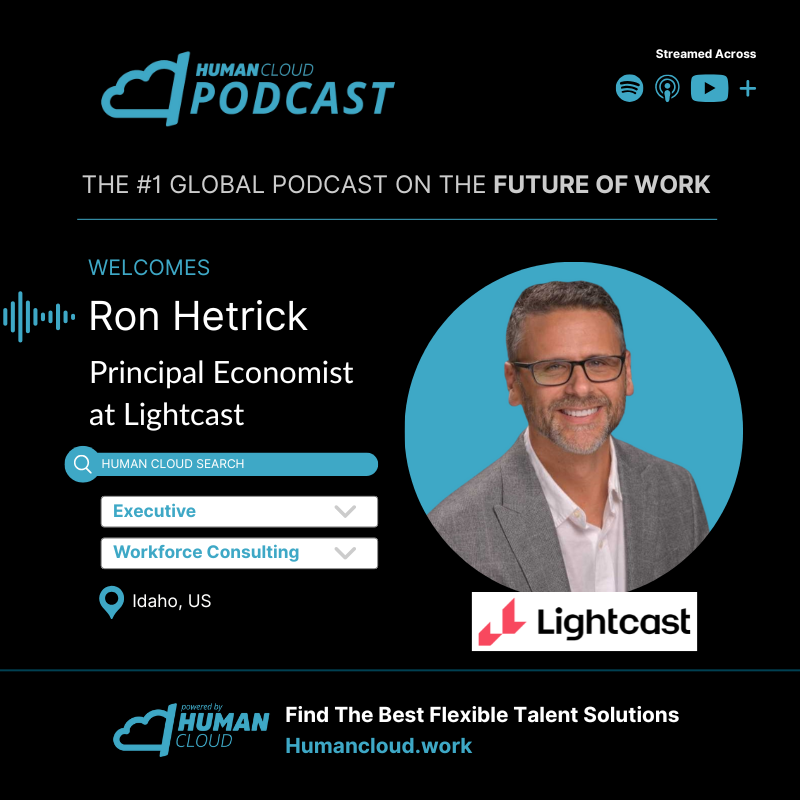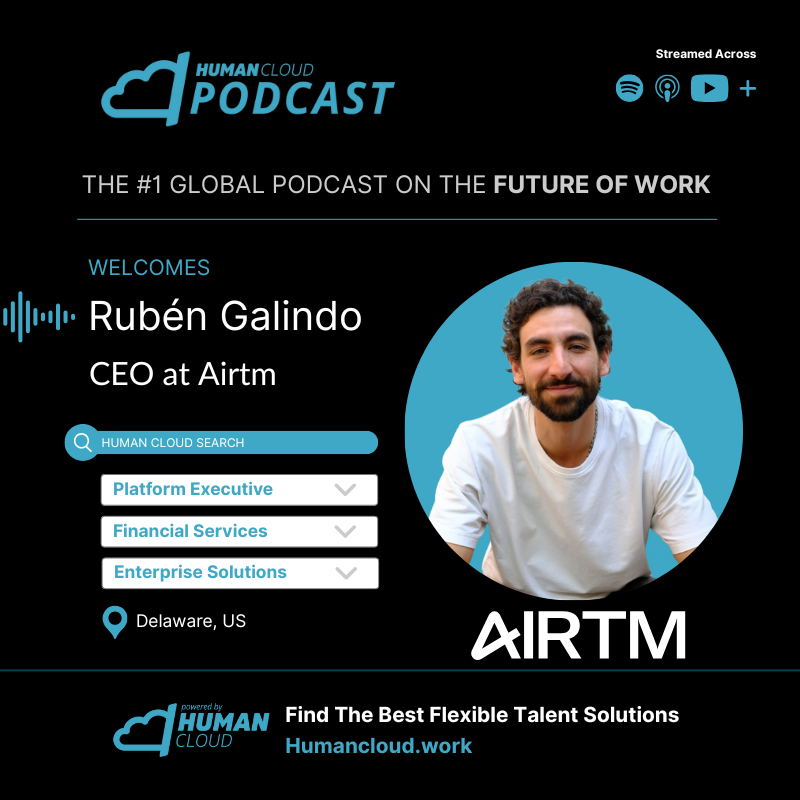Maari Casey
10+ Year Freelancer
Founder of Uncompany
Leaders, our industry is in a really unique position.
For the past 10 years we’ve been client focused. Meaning our attention, investment, and decisions typically were based off what was best for the client, not the freelancer.
Today we’re freelancer focused. Meaning the value of marketplaces is shifting from volume (lots of freelancers) to quality. This seems small, but this is a massive shift in marketplace value away from large networks and towards strong individual outcomes.
The tough part is that freelancers are tough to understand, and while we have phenomenal data to point to, most marketplaces or solutions aren’t run by leaders who have freelanced themselves.
Maari is the exception. Before leading Uncompany she was a freelancer for over 10 years. Which means she can go beyond the data and teach us the core of what good freelancers need and where the freelance economy is going.

Our Favorite Quotes
The next wave of freelancers look like managers and executives:
“There’s a lot more executive level people entering the industry of freelance coming out of careers of 20 to 30 years of working.”
“when I talk to clients now, it’s like I know there’s design and writing freelancers and photographers, but I need a senior strategist that’s going to lead our content development team. And I’m like, yep. And then they’re like, and I need a senior strategist to have experience in tech startups, specifically fin tech. And I’m like, Cool. Yeah, I know that person. He’s super awesome. He’s available start.”
Why should you care?
“You can have the Lebron James of digital marketing, you can have the Serena Williams of strategy, because those people are out there. And they’re doing it at a really high level, and you can tap into them for a game without having to buy their entire season.”
What does this look like? Hint…we won’t all become freelancers
“We think all teams going forward will be a hybrid team. We have our core team, we have our full timers. We also have a combination of full timers, freelancers, contractors, part timers, remote workers all working together. That core team, they’re delivering skills that you can’t do business without, and we need to build a bench underneath of them to support that core team. So that’s contractors and freelancers and all those folks, because they’re flexible, so you can kind of pull them in and out.”
What does the transition to freelancing like?
At first tough…
“It was a tough transition. I think a lot of people who make that transition, especially if work is a big part of your life, it becomes a big part of your identity, and there’s this level of loss that you experience. We’re just like, well, if I’m not Marii Casey, Senior Art Director, then what the heck am I, where’s my identity now, and that’s tough. That’s tough to find. And so for me, the the year I transitioned freelance, it was really exploring what that meant. What does success mean for me, because I think a lot of times in traditional work, success means I got a promotion, I have a new title and more letters behind my name, or now I’m making more money, or I now have more people under me, or I’m getting awards, there’s all these external ways that we measure success.”
“So I kind of transitioned my mindset to think if I’m not measuring success by what other people are doing, I’m gonna measure success by just having a kick ass life, and letting work support whatever that is at whatever stage I happen to be in.”
Then life changing…
“So I started freelancing, probably about 20 to 30 hours a week. And it was just like, just like LightSwitch, like, the clouds opened up. And it was just this amazing alignment where I was like, wow, I really can build and grow and career, but then also have a life that’s healthy, get my hair cut in the middle of the day, go to the grocery store at a normal time. Like it was really this moment of this amazement, and I was like, I should tell everybody about this, everybody should know that this is possible.”
How did she get started?
“I’m gonna give myself three months or so of runway where if I make no money, we’re still good. You have to say I’m all in on this, you’re gonna have off days when you’re freelancing, but basically it was like, I’m willing, if I don’t make money in three months, to go work at Starbucks, or I’m gonna go work at the grocery store. Because it’s so to the point where traditional work isn’t working for me that I’m willing to take that risk. It’s like, I will live in a van down by the river.”
“I spent the first several years in the first part of my freelancing just studying and figuring business out. I walked around, I had my business cards, and I would walk into places that I felt like I like your business. I like what you sell. And I started with a small business in my area, and I just went and I was like, ‘hey, I love what you guys have to offer. Here’s what I can offer you.”
“I was selling design services coming out of my skill set from advertising.”
BIG PROBLEM – her corporate life didn’t translate to small businesses…
“A lot of what I did in advertising didn’t fully convert, because I was doing Nike campaigns and Travelocity shoots and you can’t ask a local brewery to do a three week shoot in South Africa.”
HUGE SOLUTION – package your offerings
“One of the things I did early on was take a look at other service based companies, like dry cleaners, laundromats, all these different services and photographers, and ask how do they package and sell their services? And so I was like, here’s a list of services that I could do, here’s a packet, because I realized pretty early on that if I’m not making it easy for them to understand what I’m doing they’re not going to buy it. So I tried to make it really, really easy for them to say, Yep, Add to Cart.”
What’s wrong with traditional marketplaces? Let’s start by talking about the problem of prioritizing freelancer volume rather than quality.
“traditional models don’t work for me as an independent who’s mid to senior level and wants to build a career as an independent, which means I want to get good work, I want to grow my business, I want to grow my salary, and I want to retire. I don’t just want to run on this, like low paying hamster wheel for the rest of my life.”
“It becomes this, what if I can get it for cheaper, which I think comes from the mindset of a lot of these big race to the bottom 1000 million people in there who’s gonna do it for cheaper, and we immediately notice that in clients. That’s a red flag for us, because to me, we’re not going to be the cheapest, and we’re not going to address that race to the bottom mentality. It’s just, it’s not a positive, you don’t get good work. Freelancers aren’t happy, clients are happy, nobody’s happy.”
Too many freelancers means too little understanding of each individual.
“When I say me, I mean, me as a freelancer, when I was working with staffing companies, it’s like you don’t really know what I do. Like they would hit the tag for Illustrator, and since I know how to use Adobe Illustrator it would come to me, but it’s like, I’m not an illustrator, I can use Illustrator, but it’s a completely different skill set. And I would get really frustrated because the job was weren’t relevant.”







